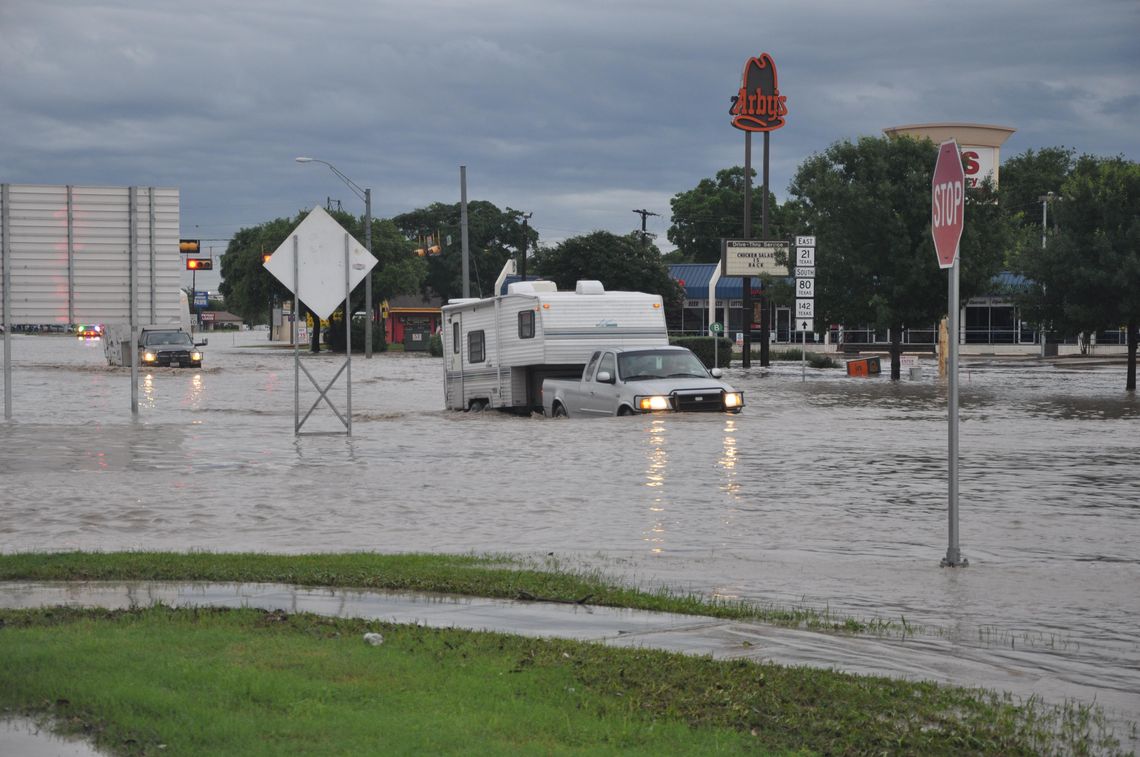After receiving a $24,012,000 grant this year from the U.S. Department of Housing and Urban Development (HUD), the City of San Marcos is working to prepare an action plan to determine how the funds will be used.
The Community Development Block Grant Mitigation (CDBG-MIT) funding is different from previous grants allocated to the city because it should be used to prepare for future disasters, instead of those that have already occurred.
“This is a whole new category called CDBG mitigation funds,” Aaron Harris, community initiatives program administrator said during a presentation to City Council on Nov. 6. “And HUD defines mitigation as ‘any activity that increases resilience to disasters and reduces or eliminates the long-term risk of loss of life, injury and damage to and loss of property and suffering and hardship by lessening the impact of future disasters,.”










